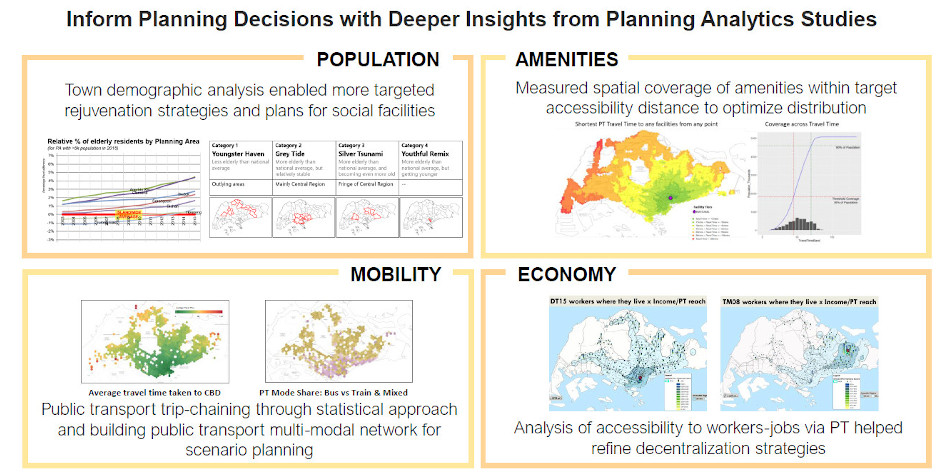Steps involved when building or rebuilding your Singapore bungalow houseSteps involved when building or rebuilding your Singapore bungalow houseArtificial intelligence (AI) is not just a buzzword or a hype. It is a powerful tool that can help us solve complex problems, optimize resources, and create better outcomes for our people and environment. AI can also enhance our creativity and innovation, as we explore new possibilities and solutions that were not possible before.
With the support of organizations like the Urban Redevelopment Authority (URA), Singapore architects are leveraging AI to revolutionize design processes and enhance urban planning strategies. In this article, we will explore the fascinating relationship between Singapore architecture and artificial intelligence, uncovering its history, current applications, and future possibilities.
What is artificial intelligence or machine learning?
At its core, artificial intelligence refers to the ability of machines or computer systems to mimic human intelligence. Machine learning, a subset of AI, involves algorithms that allow systems to learn from data and improve their performance over time. In the context of architecture, AI and machine learning technologies offer tremendous potential for enhancing design exploration, optimization, and decision-making processes.
What is the history of computing technology in architectural design?
The integration of computing technology in architectural design has a rich history. From the advent of computer-aided design (CAD) to the widespread use of Building Information Modeling (BIM), Singapore architects have embraced technological advancements to streamline their workflows. These tools have revolutionized the way architects create, visualize, and communicate their design ideas, enabling greater precision and efficiency in the design process.
What are examples of AI or artificial intelligence usage in Singapore architecture?
Singapore architects are at the forefront of harnessing AI in their design projects. The URA has been instrumental in promoting AI adoption, facilitating collaborations between architectural firms and technology companies. AI-powered tools are being used to optimize building designs, enhance energy efficiency, and promote sustainable practices. For example, machine learning algorithms are employed to analyze vast amounts of data and generate design solutions that maximize space utilization while adhering to specific parameters.
While people are always fussing about the latest shiny object like AI or Chat GPT, Singapore’s URA has already used digitalization in the last decade as one its core drivers in evidence based urban planning.
With the help of the various government agencies, the URA has assembled data that support planning analysis on issues such as demographic trends within towns, activity and mobility patterns in communities, accessibility and utilisation of amenities, as well as access to employment opportunities.

For years, the URA has built a wide suite of digital tools like URA Space, which allows the public to view conservation areas and buildings, find master zone planning, check allowable use for shophouses and commercial properties.
Planners in URA are also already using AI solutions in Urban Planning. This enables them to identify optimal land and infrastructure options, so as to meet the needs of communities and businesses of today and tomorrow.
What are some key benefits of AI in Singapore architecture?
The integration of AI in Singapore architecture brings several benefits. Firstly, AI-driven tools enable architects to explore a wider range of design possibilities by generating multiple design iterations and evaluating their performance against various criteria. This leads to more innovative and optimized design solutions. Additionally, AI facilitates computational analysis, allowing architects to simulate and assess factors such as structural integrity, lighting conditions, and thermal performance, leading to more informed decision-making and improved overall design quality.
Will architects and designers be replaced by AI?
As AI is transforming the architectural landscape, there is a common concern about whether architects and designers will be replaced by AI systems. However, the role of architects and designers remains indispensable. AI serves as a powerful tool that augments human creativity, intuition, and expertise. The ability to think critically, understand cultural and contextual nuances, and incorporate human-centric design principles are aspects that AI cannot replicate. Architects and AI work collaboratively, leveraging technology to enhance the design process and create more impactful spaces.
According to world renowned architect, Patrik Schumacher, the answer is no. In a Straits Times interview, he is quick to point out that the future of design is not just about technology, but about how it must be used to create designs that improve life.
What does the future hold for the use of AI in Singapore architecture?
The future of AI in Singapore architecture holds immense promise. As the field progresses, emerging technologies such as augmented reality (AR) and virtual reality (VR) are poised to redefine the design experience. Architects will be able to visualize and interact with their designs in immersive virtual environments, facilitating better communication with clients and stakeholders. Moreover, AI algorithms will continue to evolve, becoming more sophisticated in generating design solutions that seamlessly integrate with the urban fabric and contribute to sustainable and smart city development.
Conclusion
Here at ADX Architects, we think AI is not something to be feared or resisted, but rather embraced and leveraged for our benefit. We believe the human connection is still vital and relevant.
AI can help us create more sustainable, resilient, and livable cities for ourselves and future generations.
With the support of organizations like the URA and a forward-thinking architectural community, Singapore is at the forefront of AI integration in the built environment. As AI continues to advance, Singapore architects will unlock new possibilities, pushing the boundaries of design innovation and creating spaces that enhance the lives of Singaporeans.
